[ad_1]
It’s not frequently simple to stipulate an space plant. You could’t say a plant is native to a particular U.S. state, as that’s too restricted a prime degree view. Crops are native to areas or continents: North America, Central America, The Appalachian area of the U.S., Midwest U.S., Central Europe, China, North Africa, Japan, and so forth.
The EPA’s definition of native vegetation
All through the U.S., the official definition of an space plant is : “Native vegetation (furthermore typically referred to as indigenous vegetation) are vegetation which have superior over a complete lot of years in a particular area. They’ve tailored to the geography, hydrology, and native local weather of that area. Native vegetation happen in communities, that’s, they’ve superior along with completely totally different vegetation. Consequently, a bunch of native vegetation provides habitat for a wide range of native wildlife species resembling songbirds and butterflies.“
The EPA’s definition of native vegetation makes no degree out of people. So we might add that native vegetation are people who have superior and tailored over a particular geographic vary (for instance, North America, from Canada to Florida), with out human intervention.
Native adaptation of vegetation
Even inside their pure geographic vary, native plant species are genetically tailored to native rising situations. This adaptation is usually typically referred to as “native provenance” or “ecotype”. An ecotype is a subset of a species that possesses genetic adaptation to native rising situations. Sometimes ecotypic variations are seen to us as variations in kind, measurement, or coloration. Utterly totally different ecotypic variations is just not going to be readily obvious, for example variations to numerous soil chemistries, minimal winter temperatures, and drought tolerance.
Not so simple as you thought? Be part of the membership. A Pink Maple native to Florida might not survive in Canada, even when it’s native to each. Native adaptation is vital.
The excellent news is, many yard facilities and plant nurseries focus on native vegetation, so if the nursery is revered, you is probably assured you’re selecting a plant well-adapted to your native local weather. All bets are off at large self-discipline retailers.
Why use native vegetation?
The advantage of utilizing native vegetation is in making a sustainable, low upkeep habitat. A shrub, tree or flower native to your native space has co-evolved with completely totally different shrubs, bushes, flowers, and wildlife to create and help a diversified and sturdy ecosystem. Particular birds eat specific caterpillars notably bushes, native bees want the nectar of sure native native flowers, and your native native pine species have been a winter wildlife habitat for eons.
- Native vegetation present a hardy, drought resistant, low upkeep panorama that advantages your native ecosystem. Native vegetation take away or within the discount of the necessity for fertilizers, pesticides, water, and yard upkeep devices. This protects you time and money.
- Native vegetation not normally want artificial fertilizers. Further phosphorus and nitrogen (the primary elements of fertilizers) runs off into lakes and rivers. This runoff causes further algae enchancment in waterways which depletes oxygen, harms aquatic life, and interferes with leisure makes use of. Solely a soil try can decide in case your yard needs fertilizer.
- Native vegetation present shelter and meals for wildlife. These vegetation enchantment to a wide range of birds, butterflies, and completely totally different wildlife by offering fairly a number of habitats and meals sources. Native wildlife has superior aspect by aspect with these vegetation over millennia, making a symbiotic relationship.
- Native vegetation require fewer pesticides. Pesticide runoff contaminates native rivers and lakes.
- Native vegetation promote biodiversity and stewardship of our pure heritage. Pure landscaping is a chance to reestablish fairly a number of native vegetation, and that invitations the birds and butterflies as soon as extra dwelling.
- Native vegetation require so much a lot much less water than lawns. In metropolis areas, yard irrigation makes use of as masses as 30% of the water consumption on the East Coast and as so much as 60% on the West Coast. The deep root methods of many native vegetation improve the soil’s performance to retailer water, which reduces water runoff and helps take care of flooding.
Native vegetation require so much a lot much less upkeep
Planting native furthermore means so much a lot much less be merely finest for you. A plant tailored to your ecosystem has the next probability of surviving warmth waves, droughts, flooding, terribly chilly winters, and native pests and sicknesses. Earlier generations of that plant have survived these challenges and additional and its genes have tailored to outlive native situations.
That is furthermore a excessive consideration as native local weather change picks up velocity. A neighborhood plant has a significantly larger probability of surviving no matter’s coming its methodology than a species imported from the opposite aspect of the world.
How do non-native vegetation impression native vegetation?
After we plant non-natives, they’ll act fairly aggressively all through the panorama. They’ve few enemies to deal with their unfold and as they change in, superior native plant communities, with plenty of of various plant species supporting wildlife, are crowded out by the non-native plant. This creates a monoculture all through which the native group of vegetation and animals is lowered and simplified, with most native plant species disappearing. This leaves solely the non-native plant inhabitants intact. We hear about invasive species generally when a mannequin new insect pest seems in our native space – they overrun and at conditions destroy the panorama. The equal concern can occur with non-native vegetation.
As quickly as additional, from the EPA internet web page: “For instance, Purple Loosestrife colonizes wetland areas, altering native vegetation unable to compete for in the marketplace daylight, water, and dietary nutritional vitamins. Wetlands infested with purple loosestrife lose as masses as 50% of their distinctive native plant populations. This limits the number of meals and canopy in the marketplace to birds and can set off the birds to maneuver or disappear from an area altogether. “
So there you could possibly presumably have it. Go native.
[ad_2]
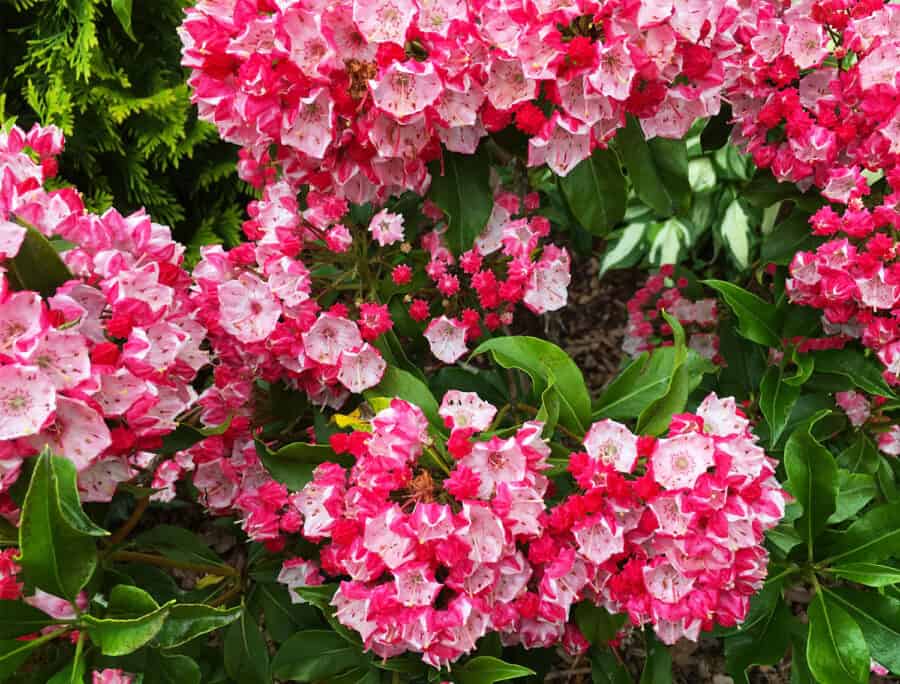
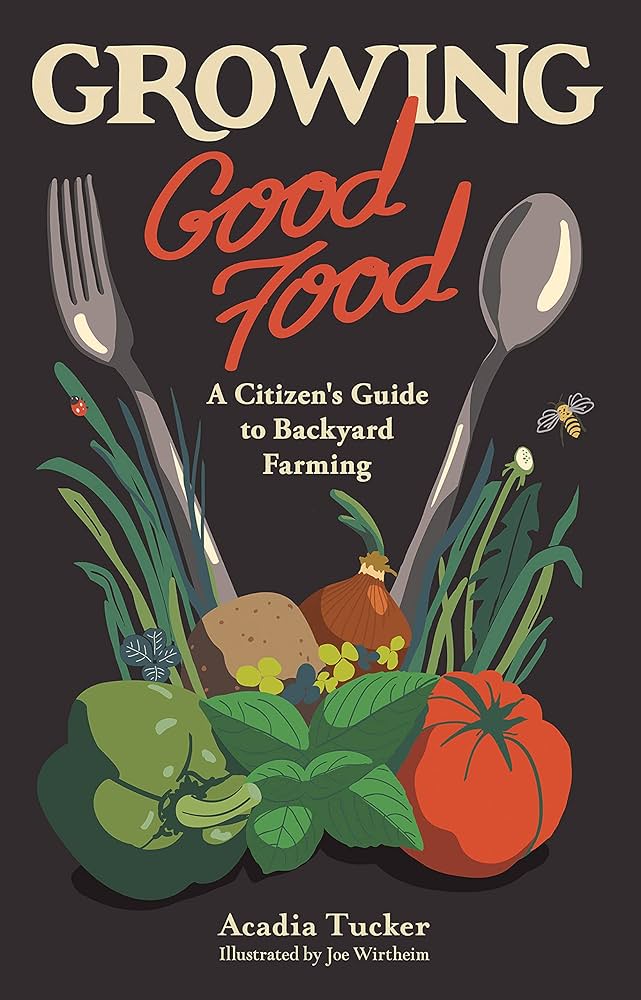
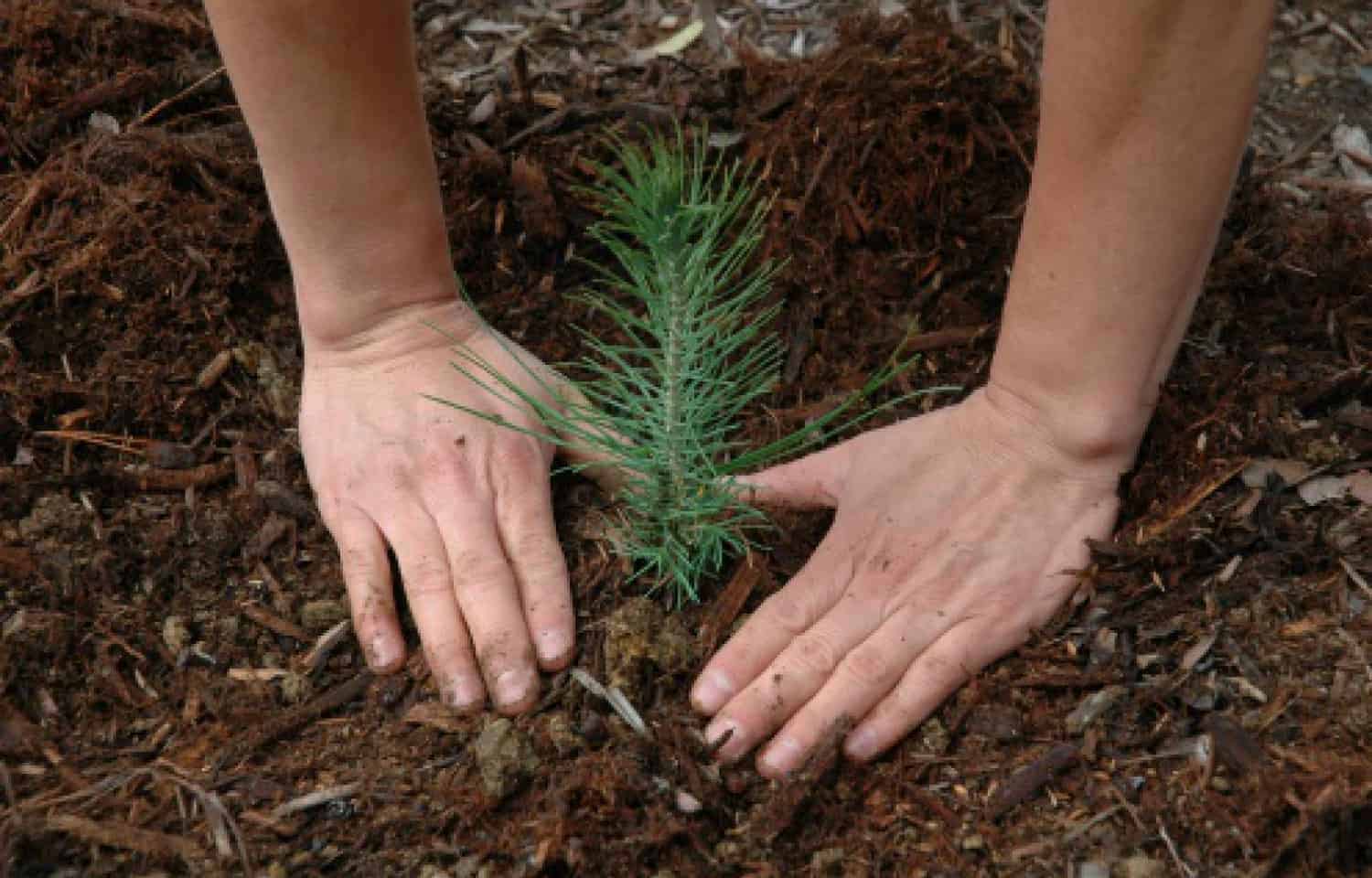
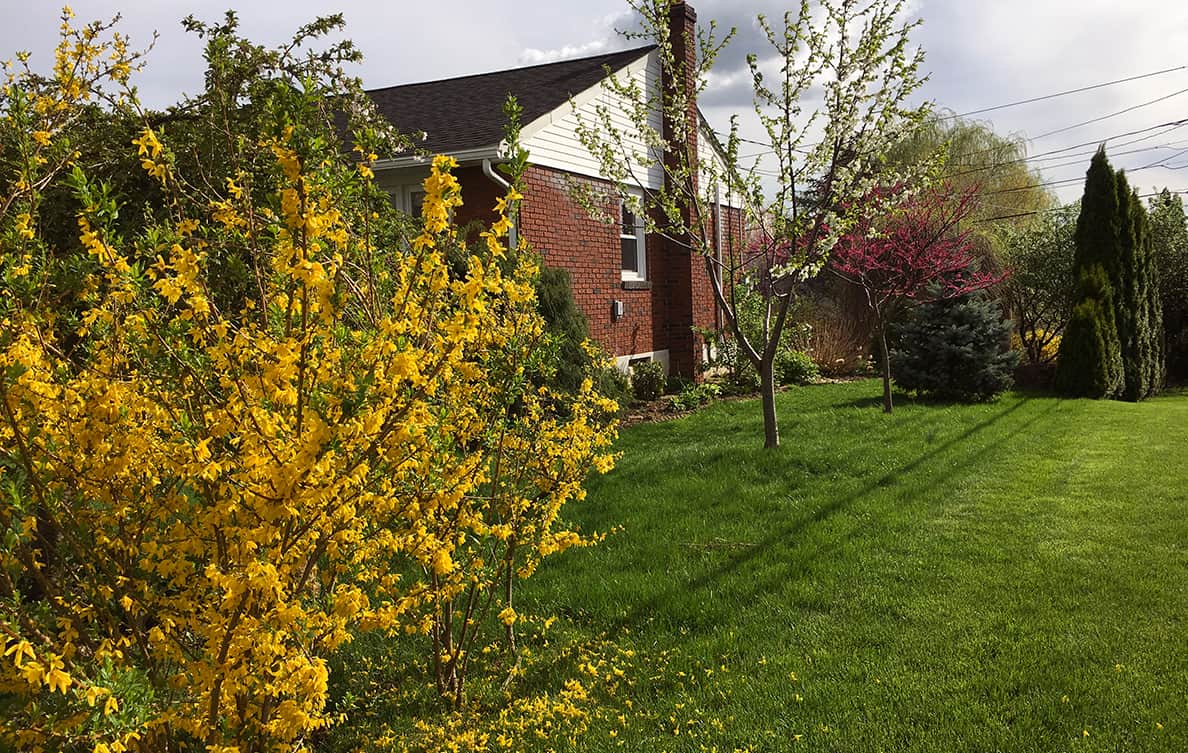
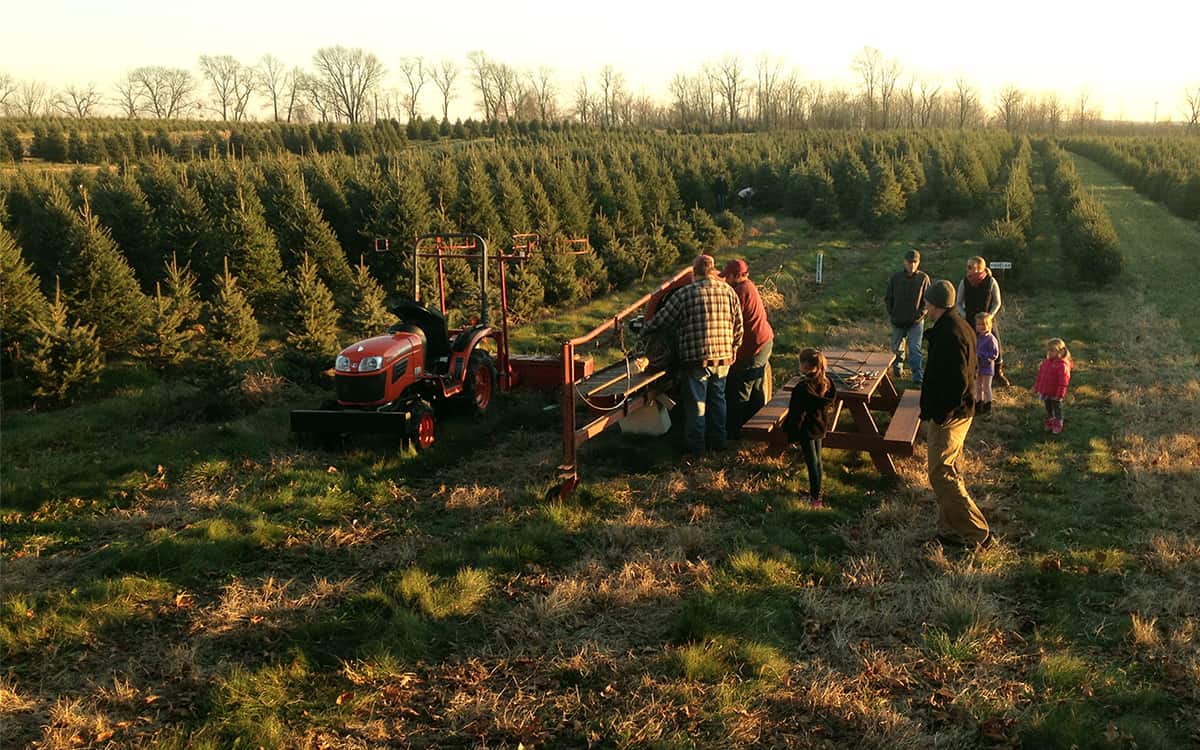
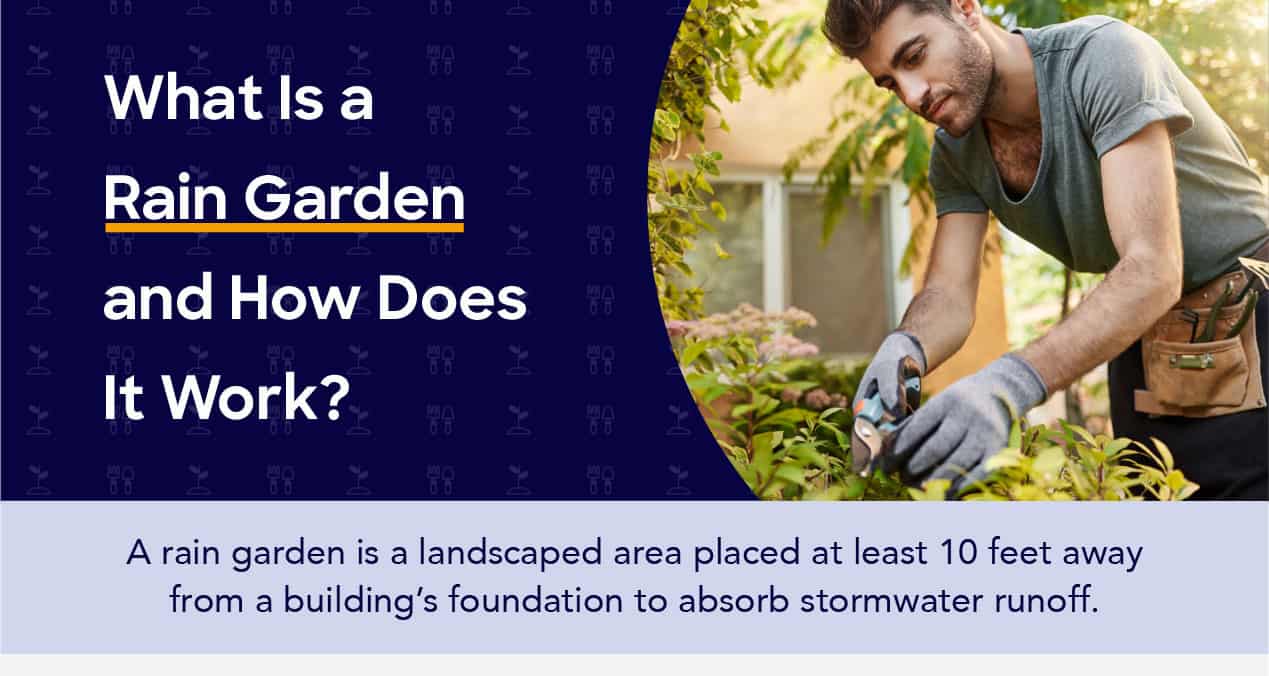
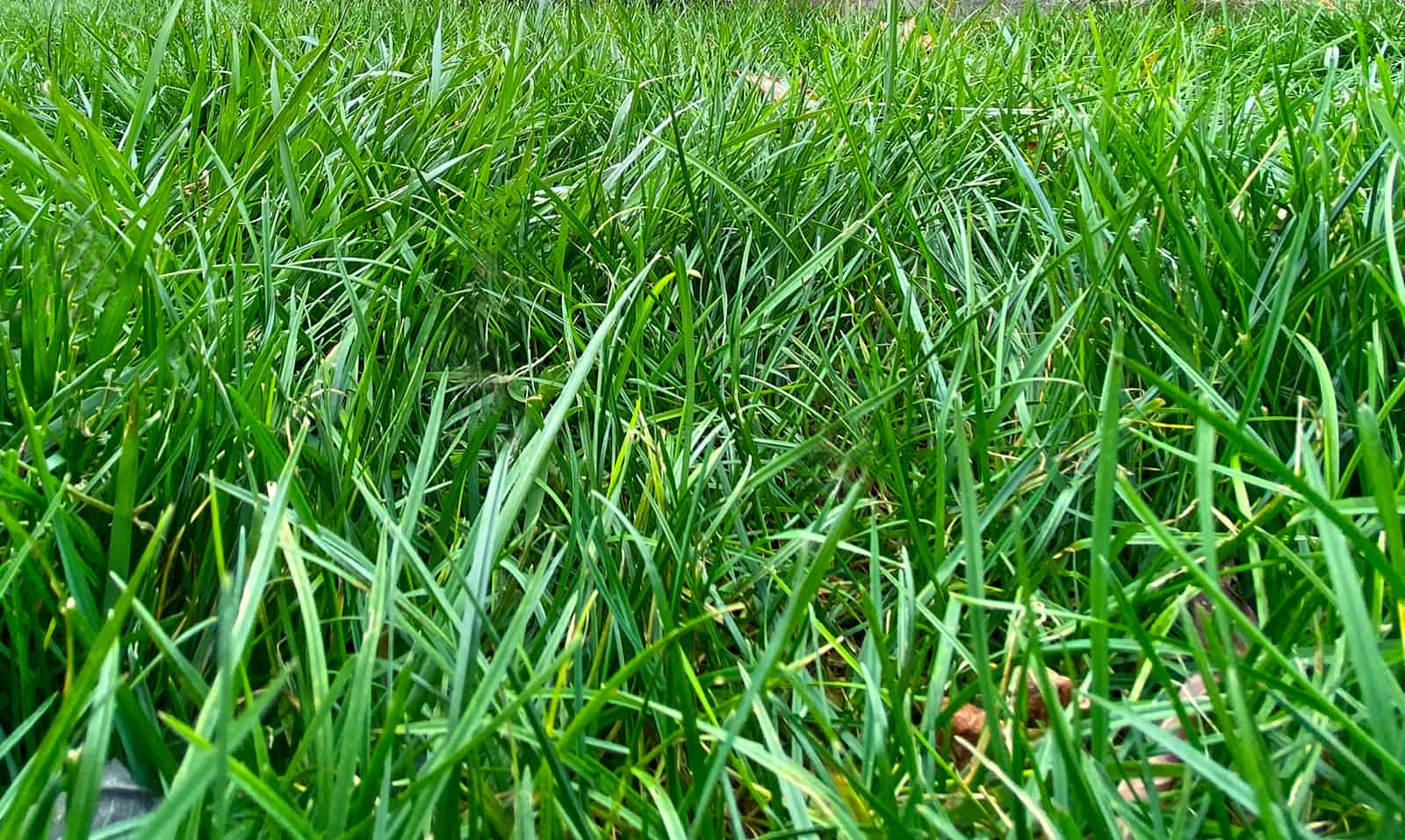
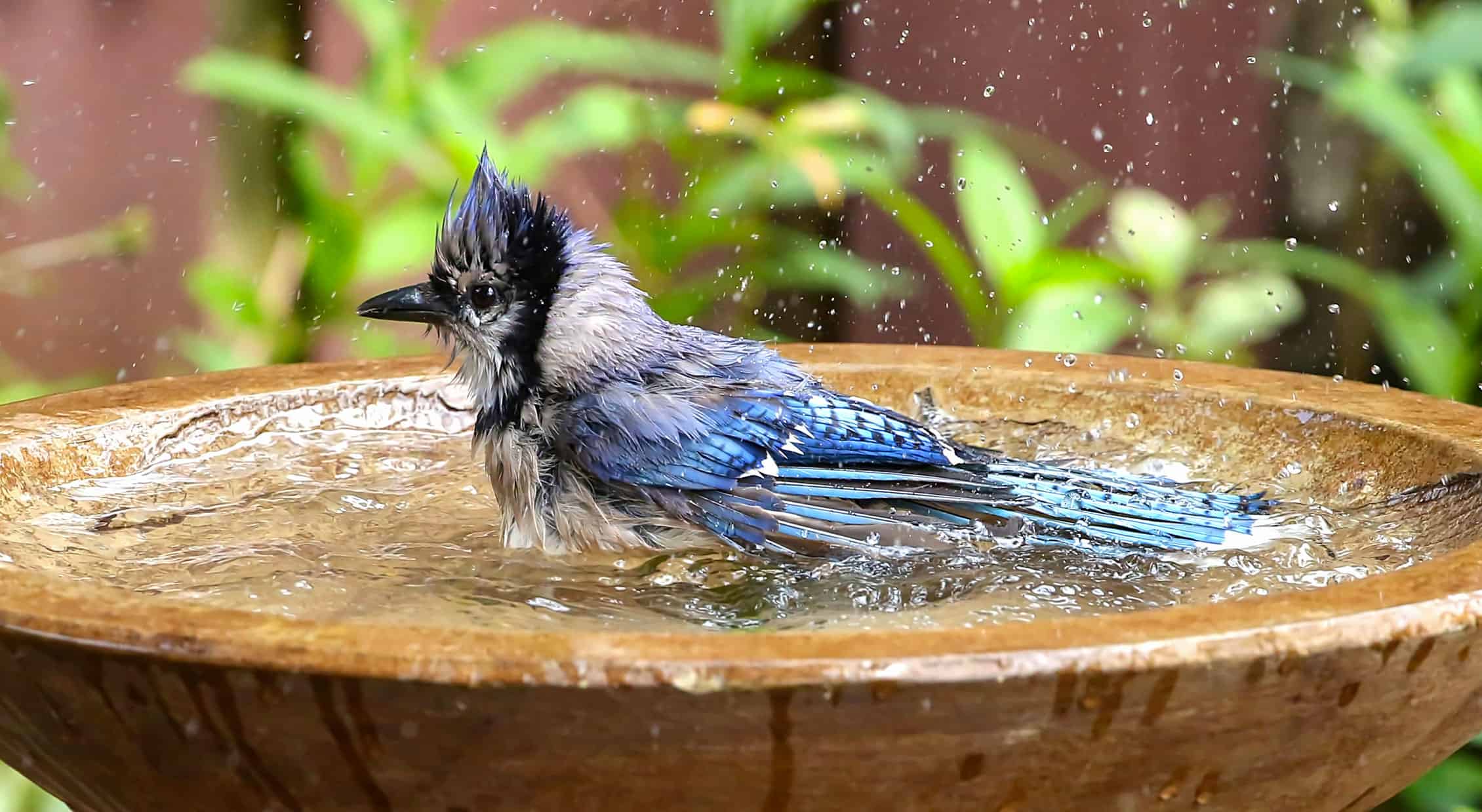

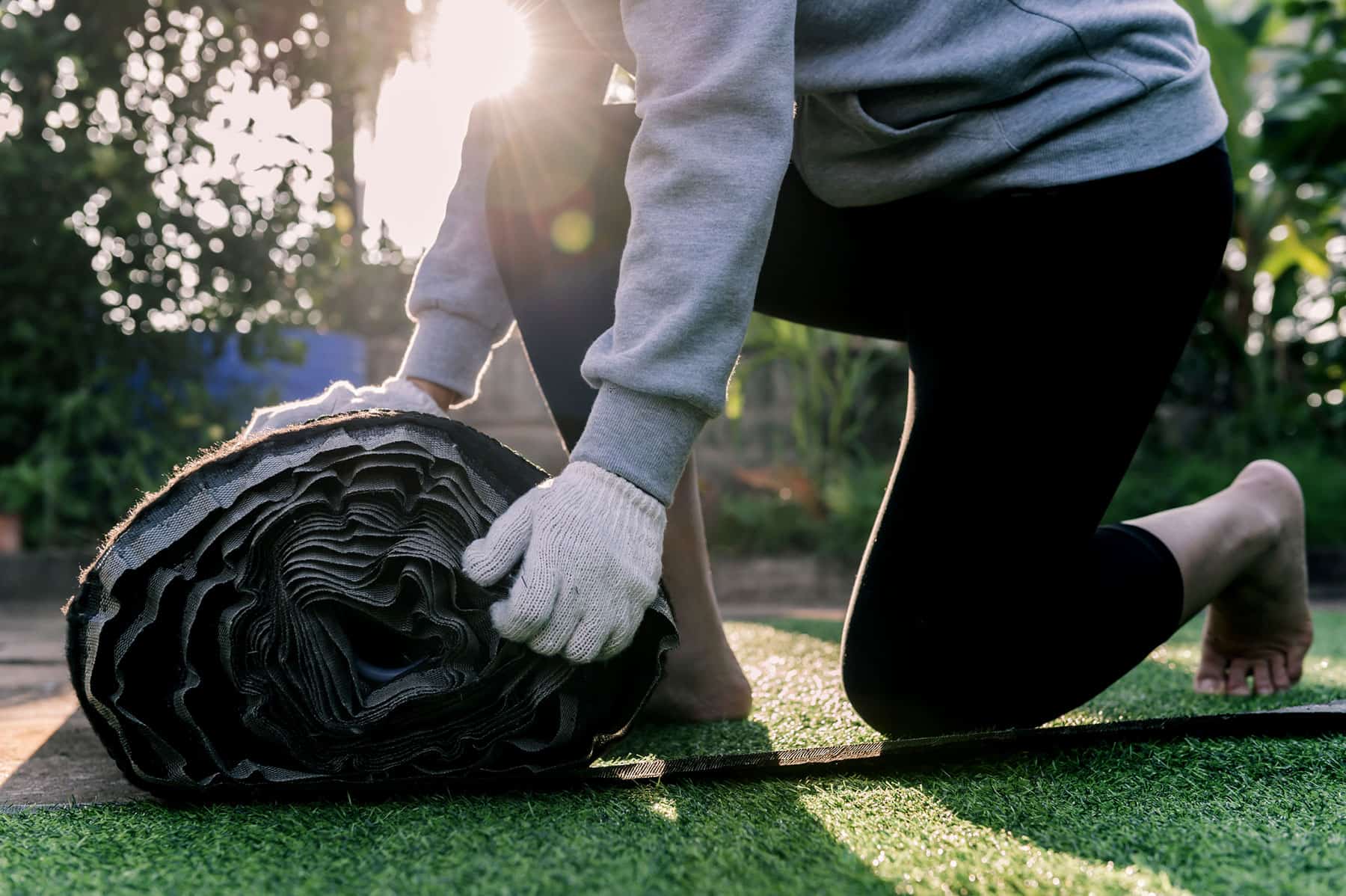
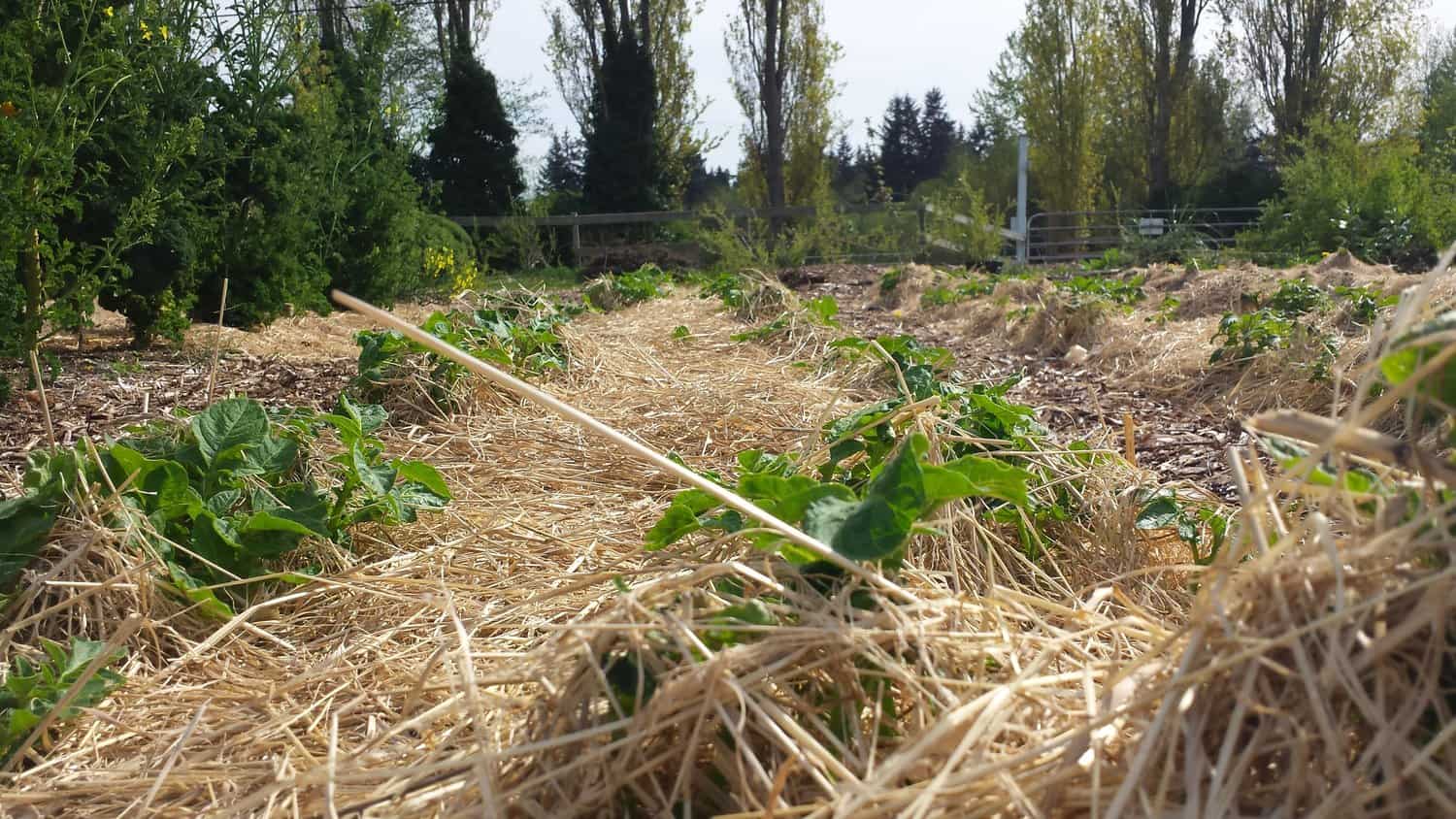
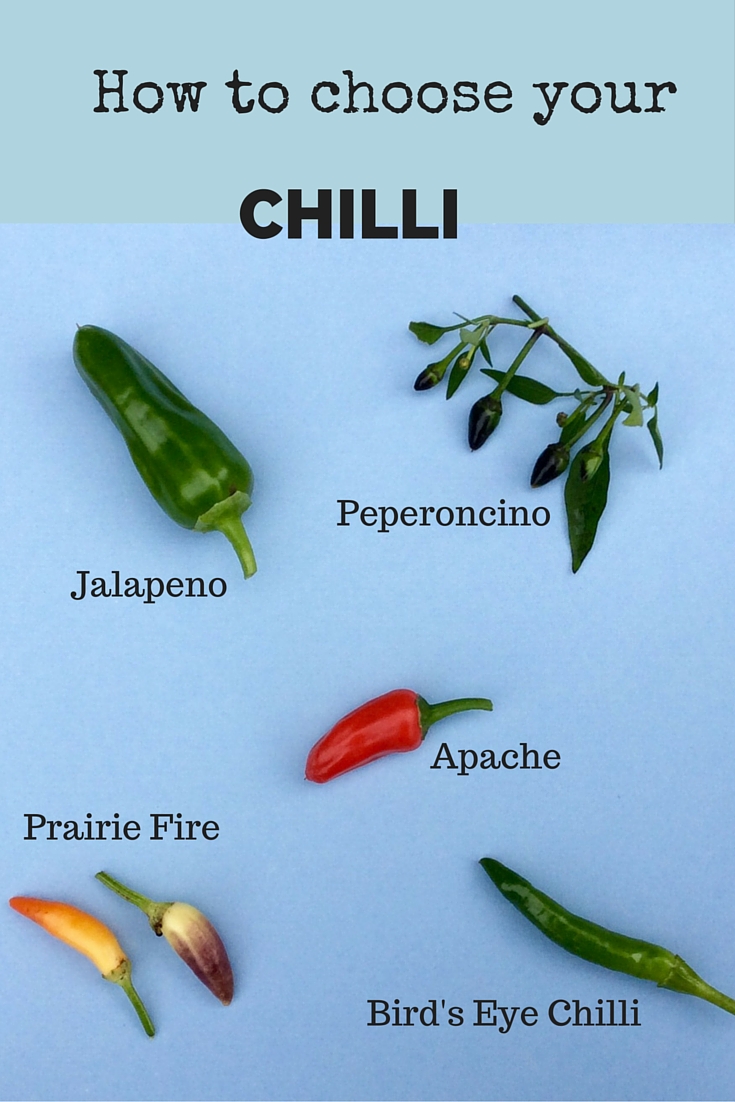
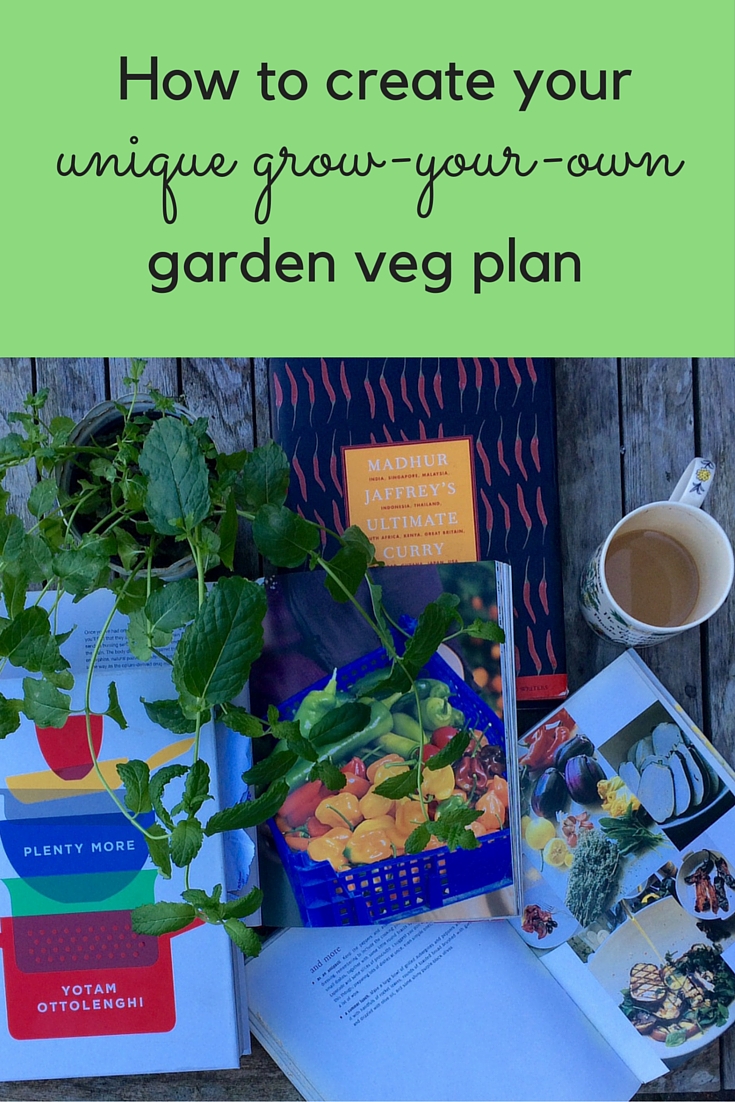
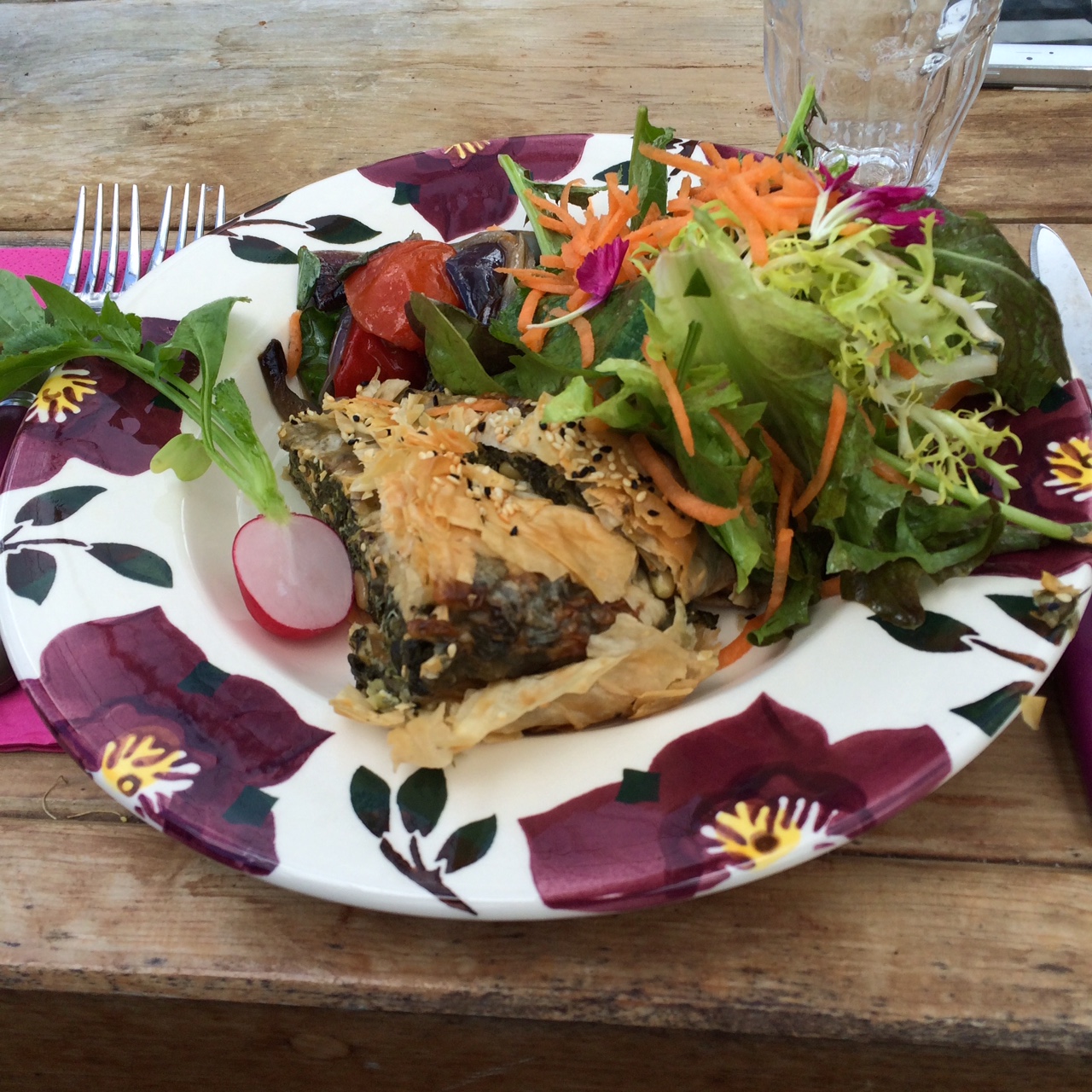
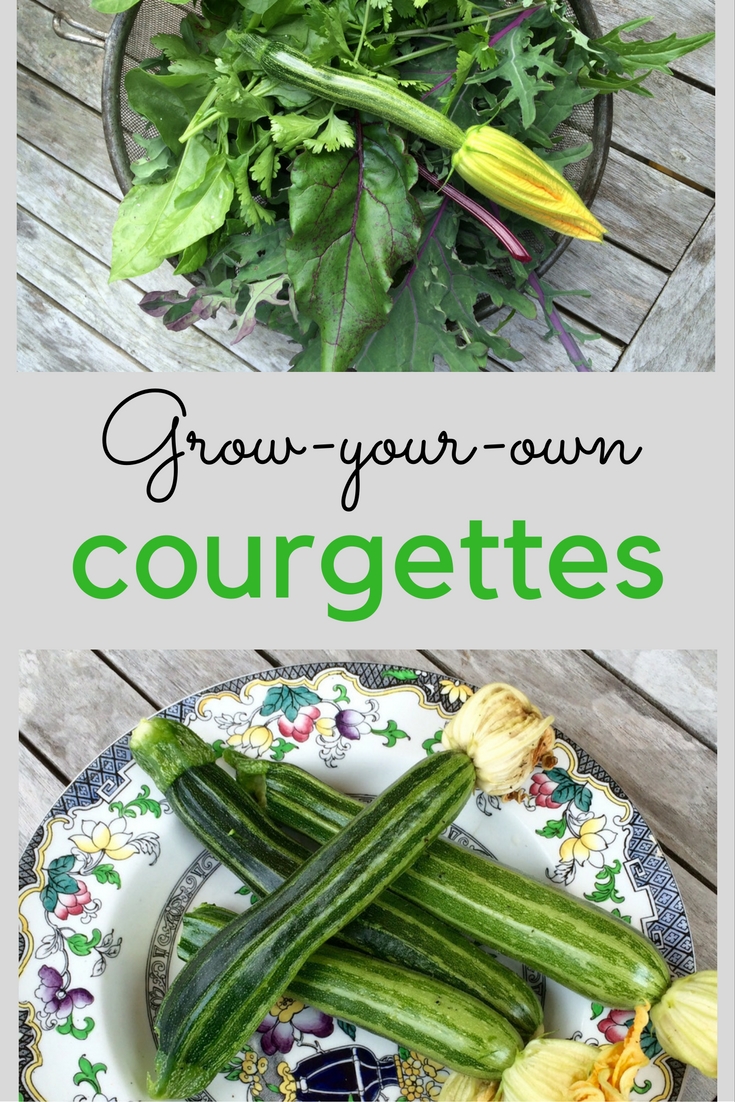
Leave a Reply